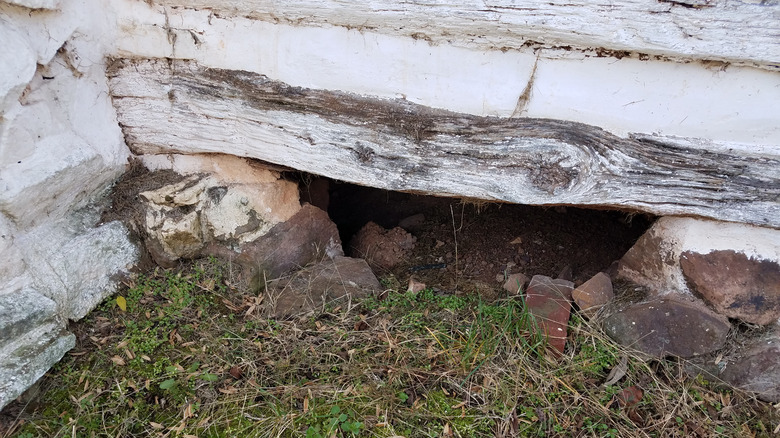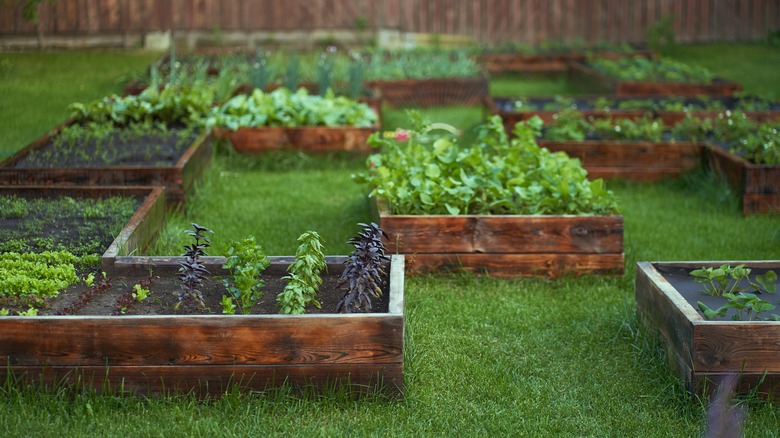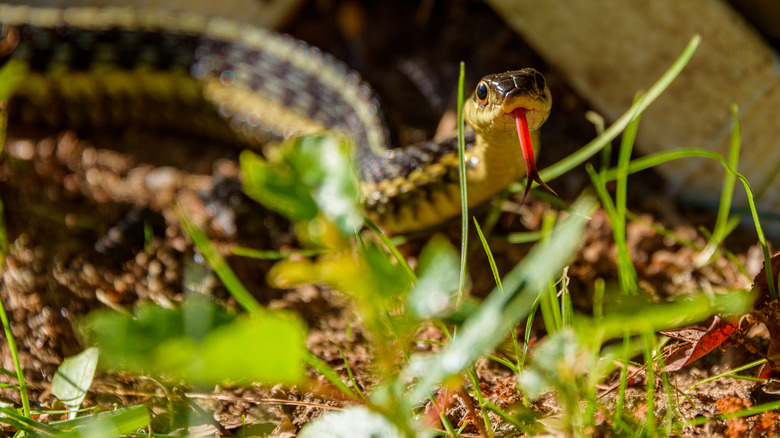North America is home to about 150 species of snakes. Thankfully, less than 10% of them are venomous, but they can still give you quite a fright when you find them in unexpected places. Without knowing it, you may be giving them the resources and shelter they need to live and reproduce in your backyard. Of course, they are not there to bother you. Like all living things, they just need food sources and a place to live, but you probably do not want them to find a home in your firewood pile or pond. Because of this, it’s important to be aware of what’s attracting them so you can make your yard less of a haven.
That heart-stopping moment when you move an item only to see a snake slither out is enough to make you want to evict all these creatures from your space. While there are some benefits of having snakes around like rodent control, ophidiophobia is among the top 10 most common phobias. We get it — snakes can be creepy. Whether your fear is phobia-level or you want to keep snakes from slithering around in your yard for another reason, here are a few things that may be attracting these reptiles.
1. Wood piles

Your stack of firewood is the perfect spot for snakes to find shelter and food. There are lots of nooks and crannies for snakes to hide, and mice and other small rodents also like to make their nests in wood piles. While the wood itself doesn’t offer a food source for snakes, the rodents that hide among the pieces do. Wood piles are particularly attractive to snakes in the winter because they retain heat.
2. Leafy spots

If you have areas in your yard where leaves and sticks are piled up, they may be attracting snakes. These moist, undisturbed areas provide a safe shelter for these reptiles to reside or even lay their eggs. The damp spots also attract some of their favorite sources of food like mice and insects. Removing piles of yard waste from your space can help send snakes scurrying to find shelter elsewhere.
3. Bird feeders

Nitr/Shutterstock
Of course, snakes do not eat birdseed, but keeping bird feeders out throughout the warm months may attract these sneaky hunters. You may enjoy watching the birds, but luring them in with food can make them easy prey for snakes lying in wait for a meal to come along. Since snakes are less active during the colder months, you can take down your feeders in the spring and put them back up in late fall to keep these reptiles from hunting your feathered friends.
4. Ponds

Gsagi/Getty Images
Some types of snakes are attracted to water as part of their preferred habitat. There are many types of water snakes throughout the United States, and the kind you find in your pond will depend on your region. While common watersnakes are not venomous, their reptilian relative, the water moccasin, is. While they need water as part of their habitat, they also feed on fish and toads that may inhabit your pond.
5. Crawl spaces

Justin Smith/Getty Images
That damp space under your house offers an attractive place for snakes to lay their eggs. Since these areas are often left undisturbed, the females can safely nest in this area. If you have a basement rather than a crawlspace, it could also attract a snake family. These creatures slither in through cracks in the foundation, broken siding, open windows, or crawlspace vents. If you have seen snakes around the foundation of your home, make sure all areas are sealed to keep them out.
6. Stone walls

Jorge Salcedo/Shutterstock
Like piles of firewood, stone walls offer cozy crannies that snakes love, especially during cool days. Stones absorb heat from the sun, releasing it slowly as the day turns cooler. You may find all kinds of reptiles in your stone walls, including salamanders and toads, but snakes are probably the most distressing. To avoid this problem, use tight-fitting cement blocks or another material that doesn’t have gaps for retaining walls to keep snakes from sliding in.
7. Gardens

Darya Komarova/Shutterstock
Snakes can be considered a friend or foe in the garden. Common garden snakes enjoy slugs and grubs as part of their diet – pests that can do a lot of damage to your vegetable garden — so they may be beneficial. Mice and voles can also wreak havoc in your garden, so if you can bear it, letting the snakes be part of that tiny ecosystem can work in your favor. If not, controlling these pests can help your space attract fewer of these reptiles.
8. Garden hoses

stockphotofan1/Shutterstock
There may be nothing more startling than reaching for your hose and watching it move! Snakes love hose storage, perhaps because they feel at home with the long, winding shape. More likely, the moist environment provided by a dripping faucet and the protective nature of a coiled hose make it a nice place for a snake to call home. And of course, those damp environments attract sources of food. Store your garden hose on a reel or a mounted wall hook to prevent snakes from using your watering system as camouflage.
9. Pet food bowls

Monkeybusinessimages/Getty Images
If you feed your pets outside, you are almost certainly also feeding rodents like squirrels, mice, and rats. As if these pests aren’t bad enough, their presence is a big “All you can eat!” sign for snakes. Avoid attracting all these unwanted creatures by bringing in pet food bowls after your dog or cat has finished eating. This will keep their food from becoming a treat for rodents, which will then keep those rodents from becoming an easy target for a snake’s dinner.




